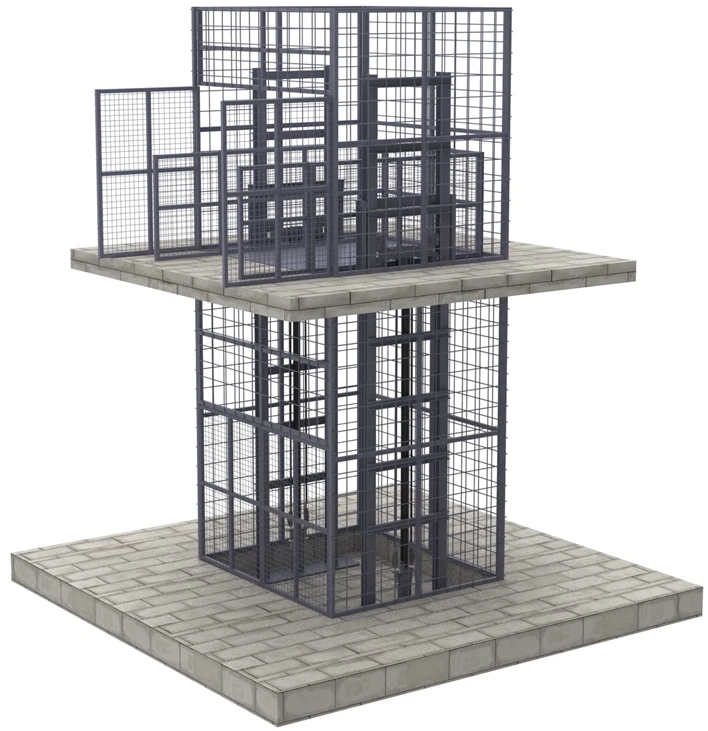In fast-paced business environment, Commercial Cargo Lift Systems have become an essential tool for warehouses, factories, retail centers, and logistics hubs. These lifts are designed to move heavy goods vertically between floors, ensuring smoother operations, enhanced safety, and increased efficiency. If your business frequently handles bulky or heavy loads, investing in a reliable cargo lift can be a game-changer. This buyer’s guide will walk you through everything you need to know before making a purchase.
What Are Commercial Cargo Lift Systems?
Commercial cargo lift systems are heavy-duty vertical transportation solutions built to move goods across different levels in a facility. Unlike passenger elevators, these lifts are specifically engineered to handle varying load capacities-ranging from a few hundred kilograms to several tons. They are widely used in warehouses, factories, showrooms, and distribution centers to reduce manual labor and improve productivity.
Key Benefits of Using Cargo Lift Systems
- Enhanced Efficiency – Moving goods manually or with forklifts can be time-consuming. A cargo lift ensures faster material handling, saving valuable work hours.
- Improved Safety – By minimizing manual lifting, businesses reduce workplace injuries and risks associated with carrying heavy loads.
- Space Optimization – Cargo lifts allow vertical movement of goods, which helps maximize floor space in warehouses and multi-level facilities.
- Cost Savings – Reduced labor costs and fewer workplace accidents contribute to long-term savings.
Factors to Consider Before Buying
When choosing Commercial Cargo Lift Systems, it’s important to evaluate the following factors:
- Load Capacity: Select a lift that can handle your heaviest loads consistently without strain.
- Platform Size: Ensure the lift dimensions match the size of goods or pallets being moved.
- Safety Features: Look for features like overload protection, safety gates, and emergency stop controls.
- Installation Space: Some cargo lifts require more structural modifications than others. Choose one that fits seamlessly into your facility.
- Durability and Maintenance: Opt for lifts built with high-quality materials that can withstand daily heavy-duty usage with minimal downtime.
Types of Cargo Lifts Available
- Hydraulic Cargo Lifts – Ideal for heavy loads, offering smooth lifting and easy maintenance.
- Electric Cargo Lifts – Energy-efficient, suitable for medium loads with precise control.
- Four-Post Cargo Lifts – Designed for larger loads, commonly used in warehouses and factories.
- Fully Caged Cargo Lifts – Provide maximum safety by enclosing goods during transportation.
Why Businesses Should Invest in Cargo Lift Systems
For companies that handle frequent material movement, Commercial Cargo Lift Systems are not just a convenience but a necessity. They improve workflow efficiency, safeguard employees, and ultimately contribute to higher productivity and profitability. With the right system, businesses can streamline operations and gain a competitive edge in the market.
Conclusion
Choosing the right Commercial Cargo Lift System requires careful consideration of load requirements, safety features, and long-term durability. By investing in a high-quality lift, businesses can reduce manual labor, improve safety standards, and achieve greater operational efficiency. Whether you run a warehouse, retail outlet, or manufacturing unit, a cargo lift system is a smart investment that delivers long-lasting value.



